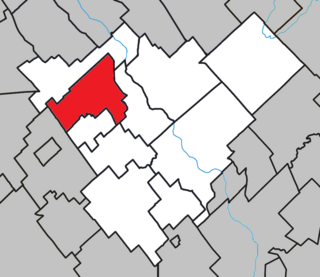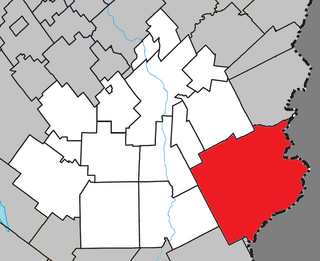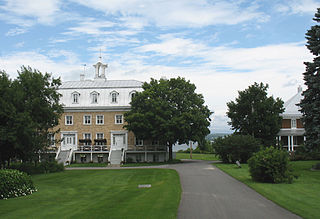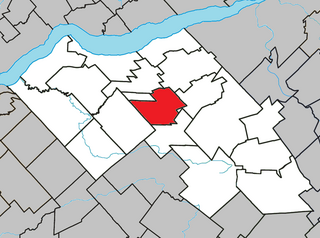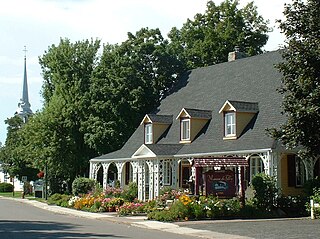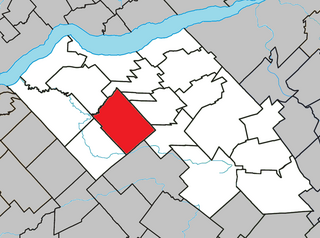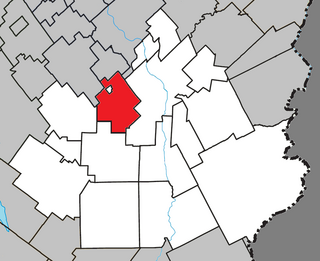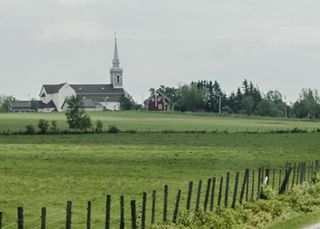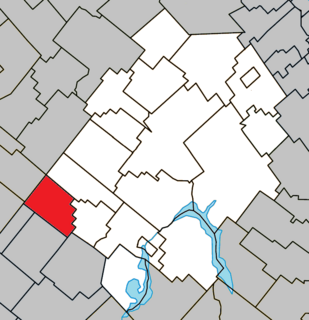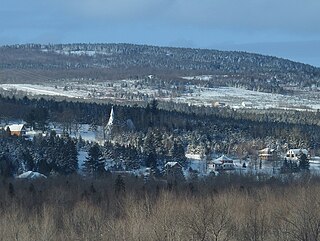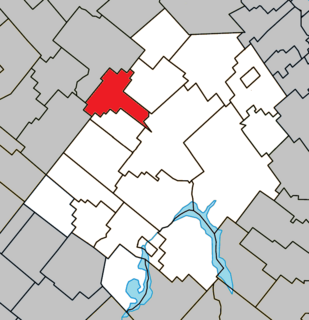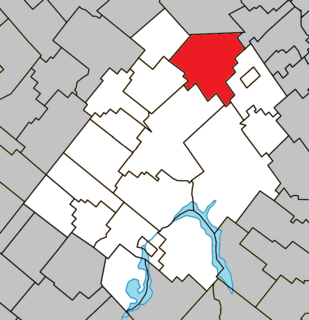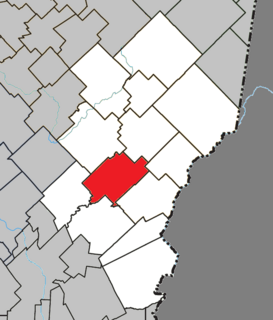| Saint-Adrien-d'Irlande | |
|---|---|
| Municipality | |
 | |
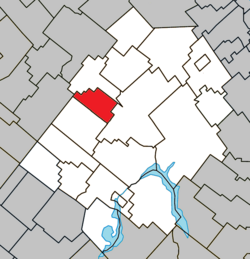 Location within Les Appalaches RCM | |
| Coordinates: 46°07′N71°27′W / 46.12°N 71.45°W Coordinates: 46°07′N71°27′W / 46.12°N 71.45°W [1] | |
| Country | |
| Province | |
| Region | Chaudière-Appalaches |
| RCM | Les Appalaches |
| Constituted | January 1, 1873 |
| Government [2] | |
| • Mayor | Jessika Lacombe |
| • Federal riding | Mégantic—L'Érable |
| • Prov. riding | Lotbinière-Frontenac |
| Area [2] [3] | |
| • Total | 53.00 km2 (20.46 sq mi) |
| • Land | 53.29 km2 (20.58 sq mi) |
| There is an apparent contradiction between two authoritative sources | |
| Population (2011) [3] | |
| • Total | 389 |
| • Density | 7.3/km2 (19/sq mi) |
| • Pop 2006-2011 | |
| • Dwellings | 193 |
| Time zone | EST (UTC−5) |
| • Summer (DST) | EDT (UTC−4) |
| Postal code(s) | G0N 1M0 |
| Area code(s) | 418 and 581 |
| Highways | |
| Website | stadriendirlande |
Saint-Adrien-d'Irlande is a municipality in the Municipalité régionale de comté des Appalaches in Quebec, Canada. It is part of the Chaudière-Appalaches region and the population is 415 as of 2009.
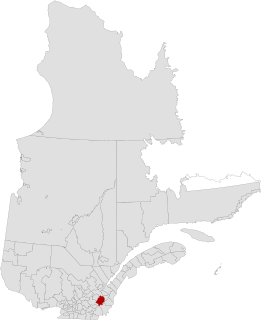
Les Appalaches is a regional county municipality (RCM) in the Chaudière-Appalaches region in southeastern Quebec, Canada. It was established in 1982 from parts of the historic counties of Beauce, Frontenac, Mégantic, and Wolfe. The county seat and largest city is Thetford Mines.

Quebec is one of the thirteen provinces and territories of Canada. It is bordered to the west by the province of Ontario and the bodies of water James Bay and Hudson Bay; to the north by Hudson Strait and Ungava Bay; to the east by the Gulf of Saint Lawrence and the province of Newfoundland and Labrador; and to the south by the province of New Brunswick and the U.S. states of Maine, New Hampshire, Vermont, and New York. It also shares maritime borders with Nunavut, Prince Edward Island, and Nova Scotia. Quebec is Canada's largest province by area and its second-largest administrative division; only the territory of Nunavut is larger. It is historically and politically considered to be part of Central Canada.

Canada is a country in the northern part of North America. Its ten provinces and three territories extend from the Atlantic to the Pacific and northward into the Arctic Ocean, covering 9.98 million square kilometres, making it the world's second-largest country by total area. Canada's southern border with the United States is the world's longest bi-national land border. Its capital is Ottawa, and its three largest metropolitan areas are Toronto, Montreal, and Vancouver. As a whole, Canada is sparsely populated, the majority of its land area being dominated by forest and tundra. Consequently, its population is highly urbanized, with over 80 percent of its inhabitants concentrated in large and medium-sized cities, many near the southern border. Canada's climate varies widely across its vast area, ranging from arctic weather in the north, to hot summers in the southern regions, with four distinct seasons.
Until 1982, Saint-Adrien-d'Irlande was known as Ireland-Partie-Nord, to differentiate from the south part, today's Irlande. Then it took the name of the parish, which was named after Pope Adrian III.

Pope Adrian III or Hadrian III was Pope from 17 May 884 to his death. According to Jean Mabillon, his birth name was Agapitus. He served for little more than a year, during which he worked to help the people of Italy in a very troubled time of famine and war.


